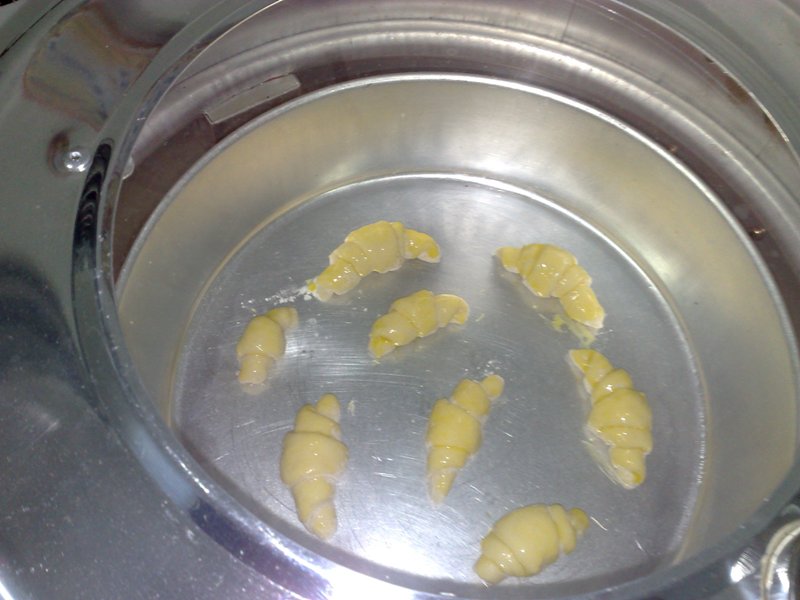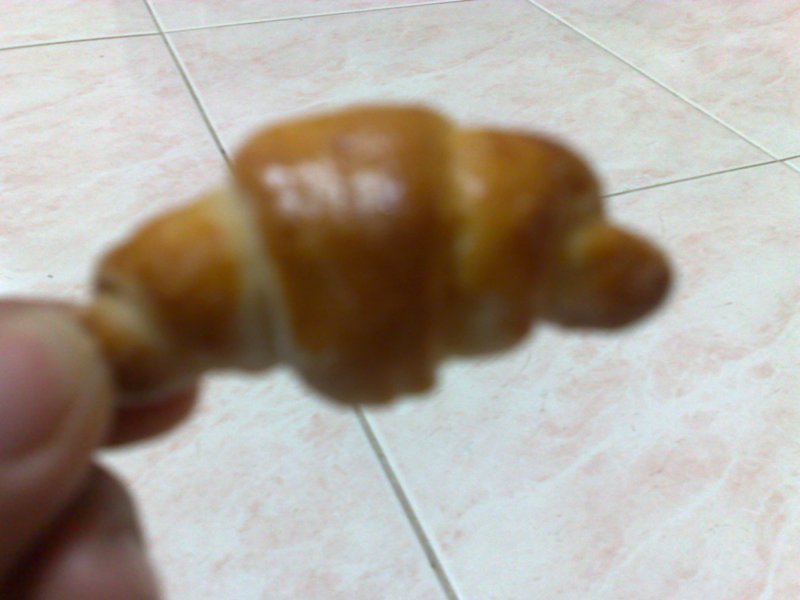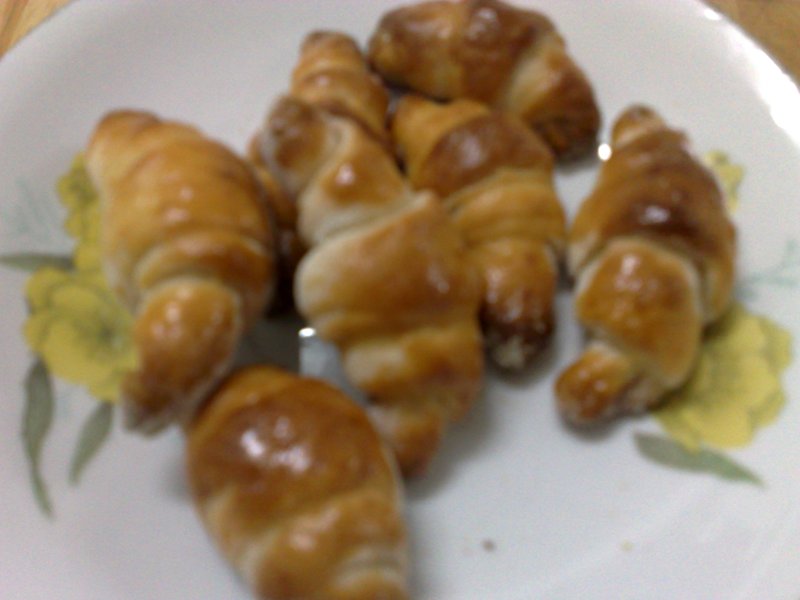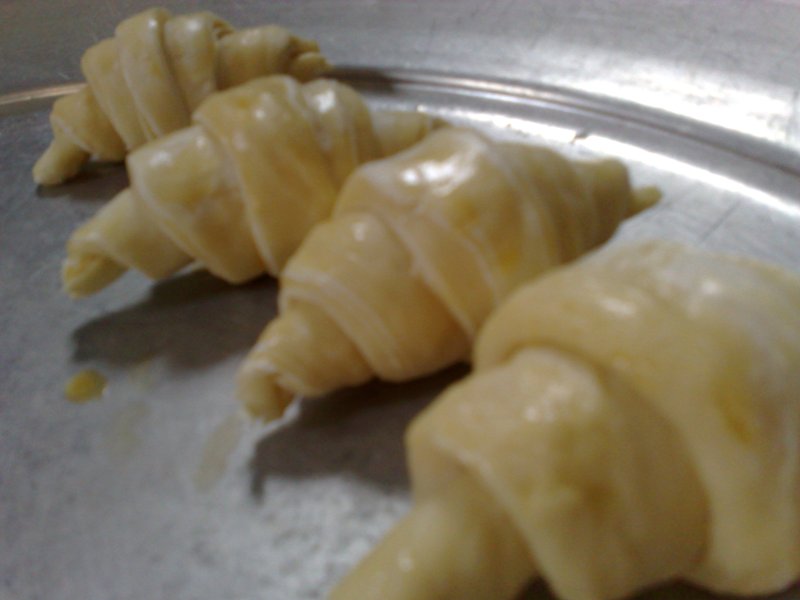Artisan II course - day one freedom, day five miche
Day one of Artisan II course at the San Francisco Baking Institute, Frank our instructor touched on a buzz word for me - Freedom. This was by no means any where in the manual or was there any hint on his part of an emphasis when he mentioned it; it was a casual passing comment. He said the best bread for him is a bread with a pre-ferment (poolish or sponge where there is a small amount of commercial yeast) and a levain (in the final dough which is then retarded), and that this combination gives you a lot of "freedom."
- Log in or register to post comments
- 28 comments
- View post
- Shiao-Ping's Blog



